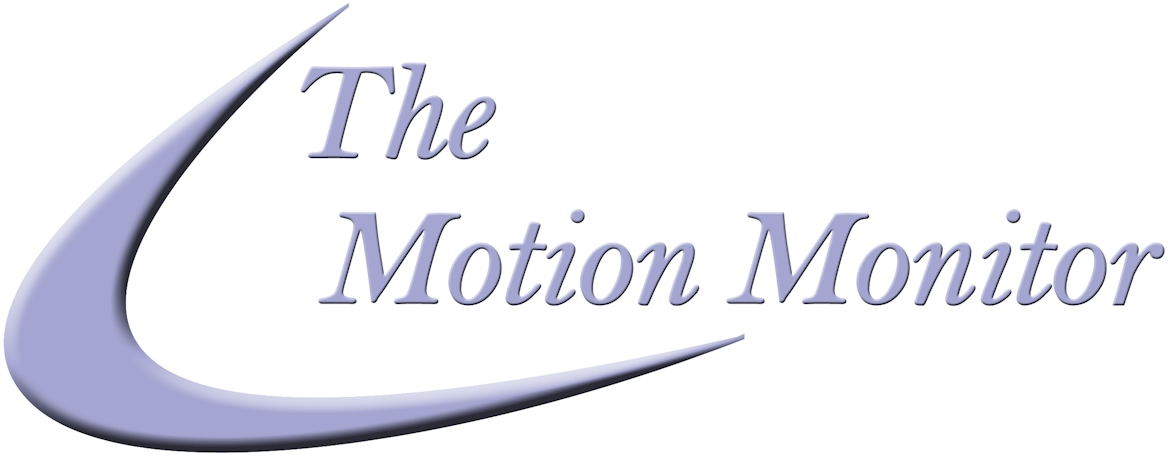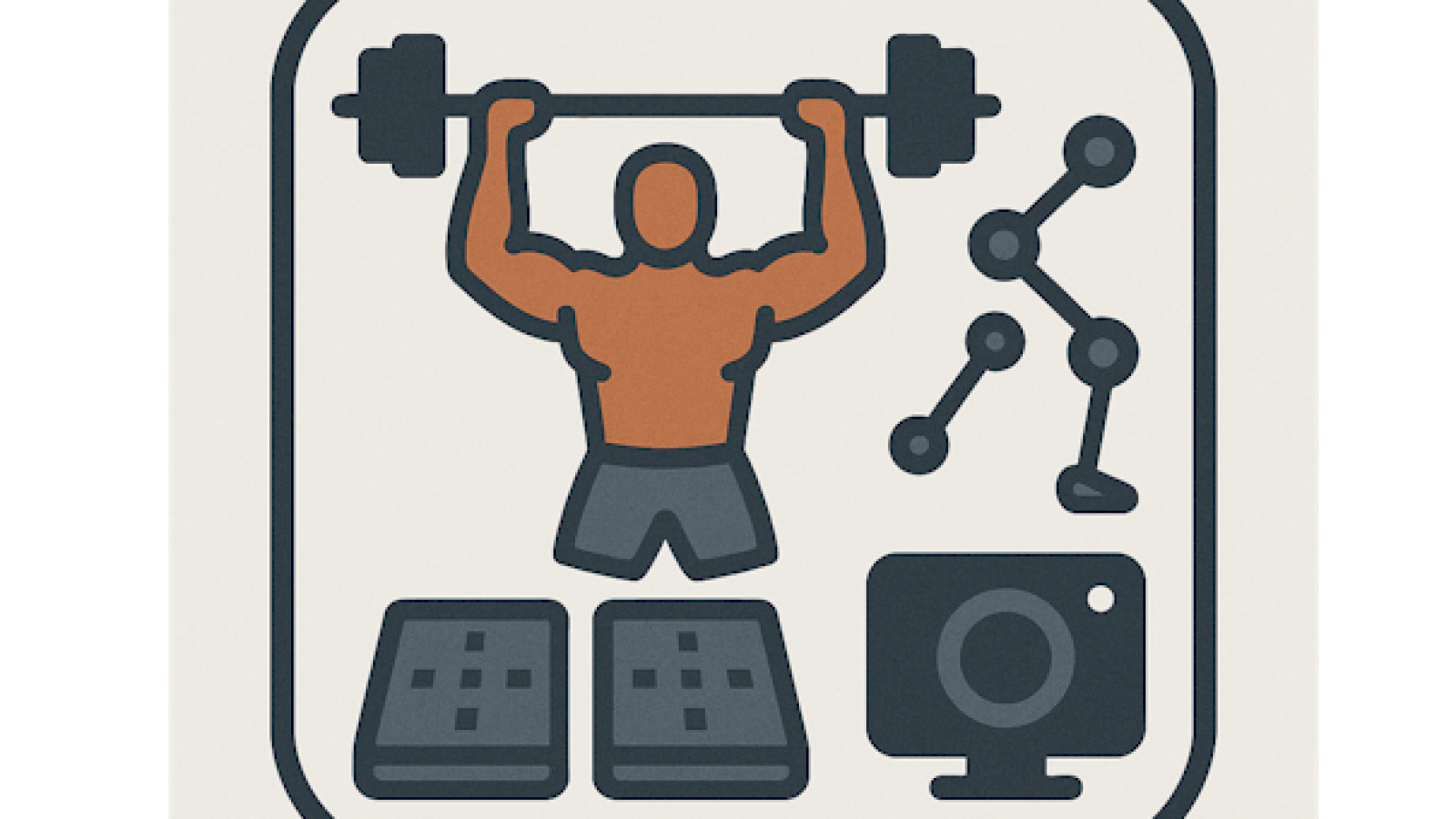“Not everything that counts can be counted, and not everything that can be counted counts.”
— Often attributed to Einstein
You might think that forceplates and the ground reaction force patterns they create are all you need to assess athlete conditioning given much of the marketing material aimed at strength & conditioning (S&C) coaches. Whether you are golfer wishing to hit the ball 10 yards further or a pitcher wanting to add a few mph to your fast ball, there are forceplate apps available to show you the way forward. And if S&C is all about “stronger, faster, higher,” then force plates with a few jump protocols will identify the workout that is “just for you”. But coaches and researchers who are serious about maximizing performance and reducing injury risk know better.
3D Motion Capture + Force Plates: A Better Biomechanical View
In a previous post, we discussed the advantages of integrating 3D motion capture with force plate data. This combination allows for a level of biomechanics—joint angles, forces, and moments—that you simply can’t extract from ground reaction forces alone.
This enriched biomechanical picture lets coaches:
- Detect asymmetries in movement and force production
- Run functional assessments with no invasive sensors
- Tailor individualized, sport-specific training programs
With this level of insight, S&C programs can manage load, refine technique, and minimize injury risk while maximizing each athlete’s potential. For those who wish to explore the impact of 3D Motion Capture and biomechanics on S&C assessment in more depth, this source is a good overview.
Cognitive Load, Reaction Time & Injury Risk
But there is more than biomechanics that “count” when looking at S&C and athlete performance. Recent research shows that cognitive load, reaction time, and central nervous system (CNS) function play critical roles in both injury mechanisms and performance.
Studies have shown that:
- Baseline cognitive performance predicts risk of non-contact lower extremity injuries.
- Dual-task scenarios (e.g., decision-making during movement) increase injury likelihood.
- Sleep deprivation can reduce reaction time, increasing injury risk.
One study of 76 NCAA Division I-FCS football players identified a reaction time threshold that distinguished injured players from their uninjured peers during the season. These results suggest cognitive testing should be integrated into performance monitoring—not just for return-to-play decisions, but as part of ongoing training.
Eye Tracking & The Quiet Eye
Another powerful addition to your S&C toolkit? Eye tracking.
Eye movement analysis, including reaction-based reaching suggests that training enhances cognitive function and reaction times. “Quiet Eye” research, has shown that elite athletes who exhibit longer visual fixations (or “QE periods”) on relevant targets—like the basketball rim or a golf ball– perform better. As Joan Vickers and colleagues concluded:
“Higher level athletes used a longer QE period, and longer duration is associated with enhanced performance. This relationship between the QE duration and performance not only is true when experts and novices are compared but also is evident when successful and less successful performances within the same participant are contrasted. Finally, we found that intervention programs designed to lengthen the QE period are effective in extending the gaze behaviors, which ultimately lead to performance improvement.” Training gaze behavior may seem unconventional, but it’s quickly becoming a critical edge for performance.
Toward a Complete S&C Program
Taken together, these findings reinforce a key truth: elite athletic performance—and injury prevention—requires a multidimensional approach.
That’s why The MotionMonitor was designed as a turn-key, modular platform that grows with your program. Whether you’re running basic force plate jump protocols or integrating markerless 3D Motion Capture, EMG for co-contraction analysis, eye tracking, or VR-based dual-task testing, we’ve got you covered.
If you’re a coach or researcher looking to bring cutting-edge science into your S&C assessments, contact us to learn how The MotionMonitor can fit your workflow—and elevate your program.
-Meredith
Explore other posts in the 3 – part series on what’s important in Strength & Conditioning
1. Streamline hardware management– Exploring the popularity of forceplates
2. Revolutionize your strength program – Add 3D Motion Capture for a better understanding of your athlete’s strengths and weaknesses.
3. New Insights for Strength & Conditioning – See what the research suggests is important for maximizing performance and minimizing injury.


